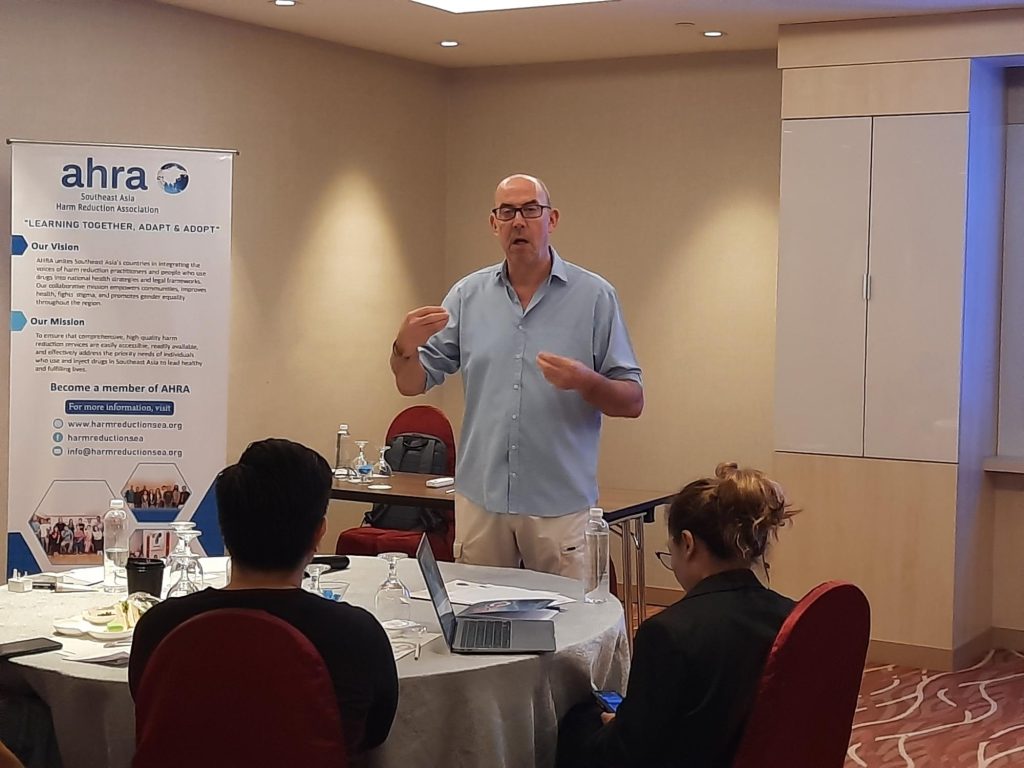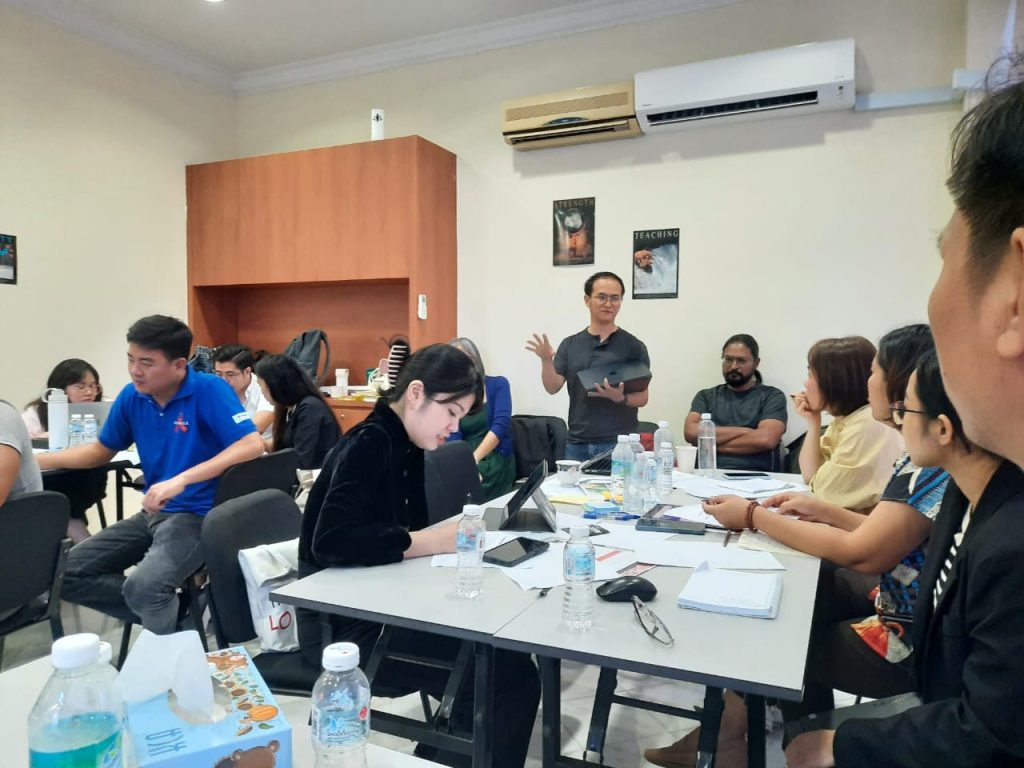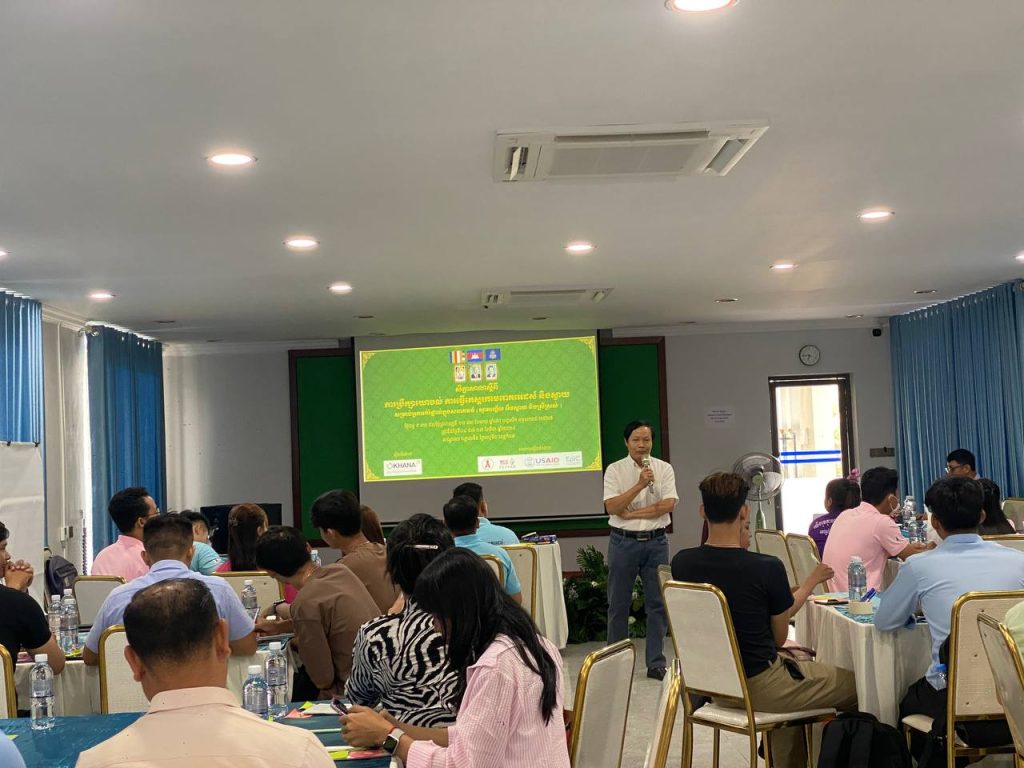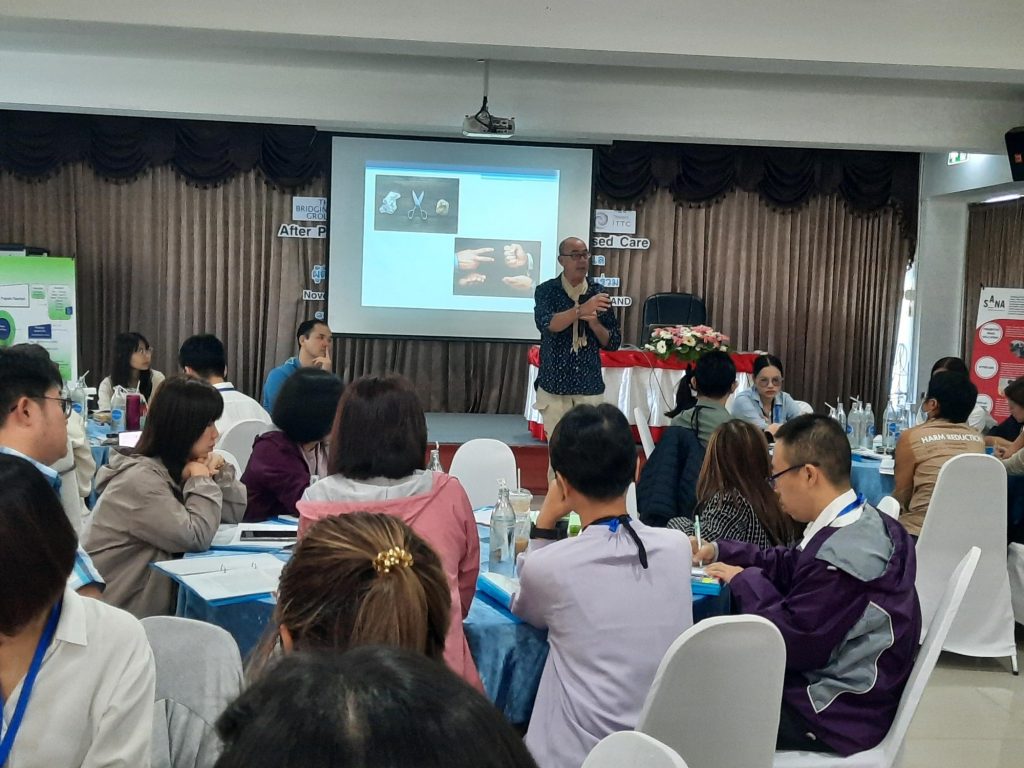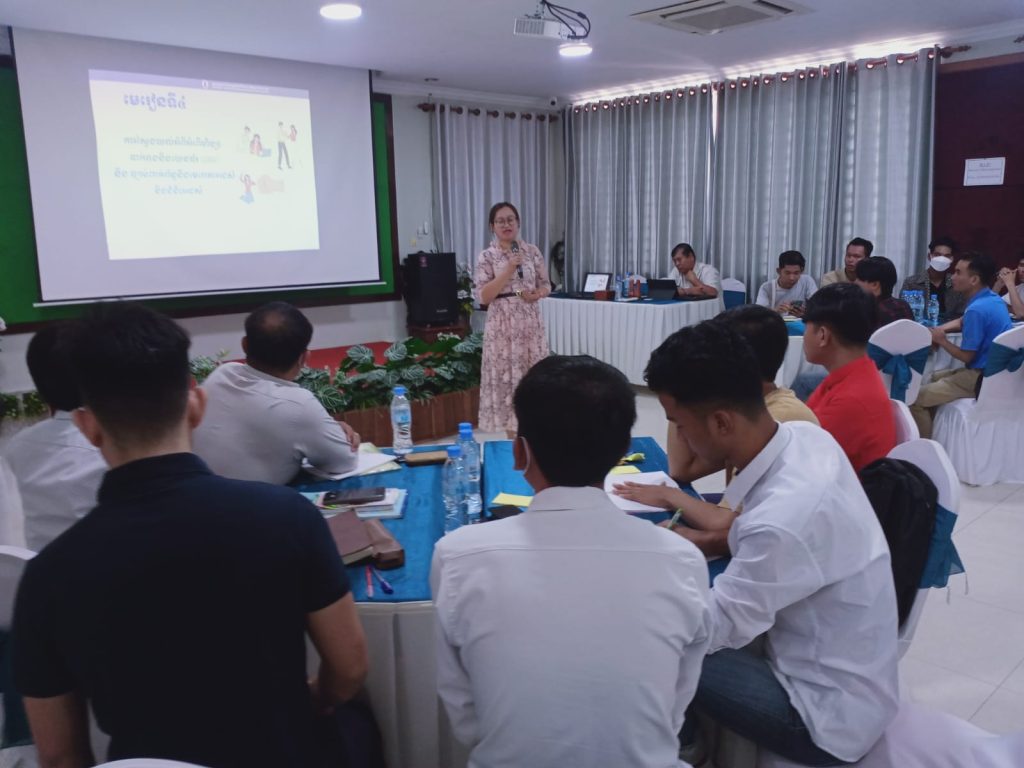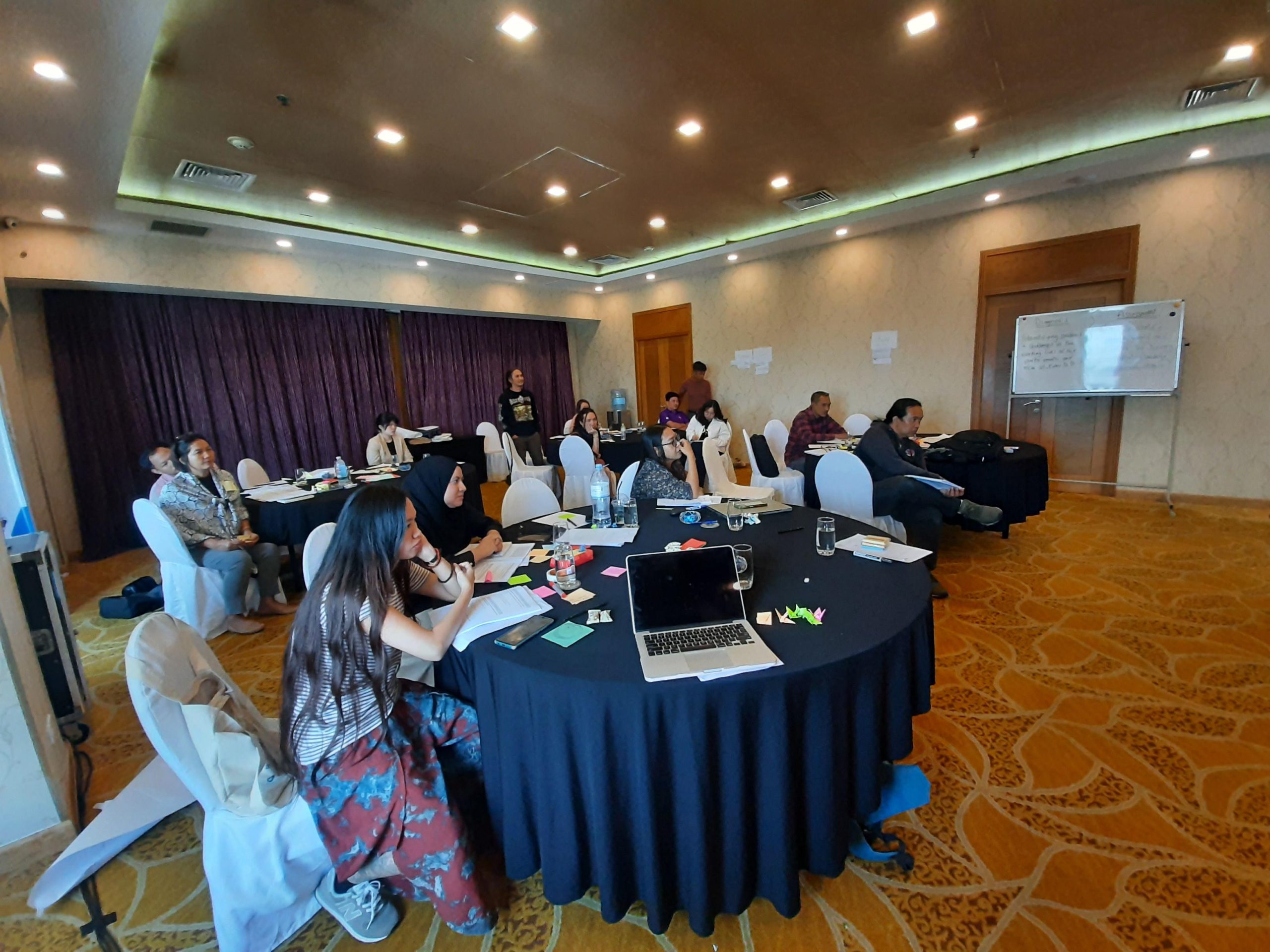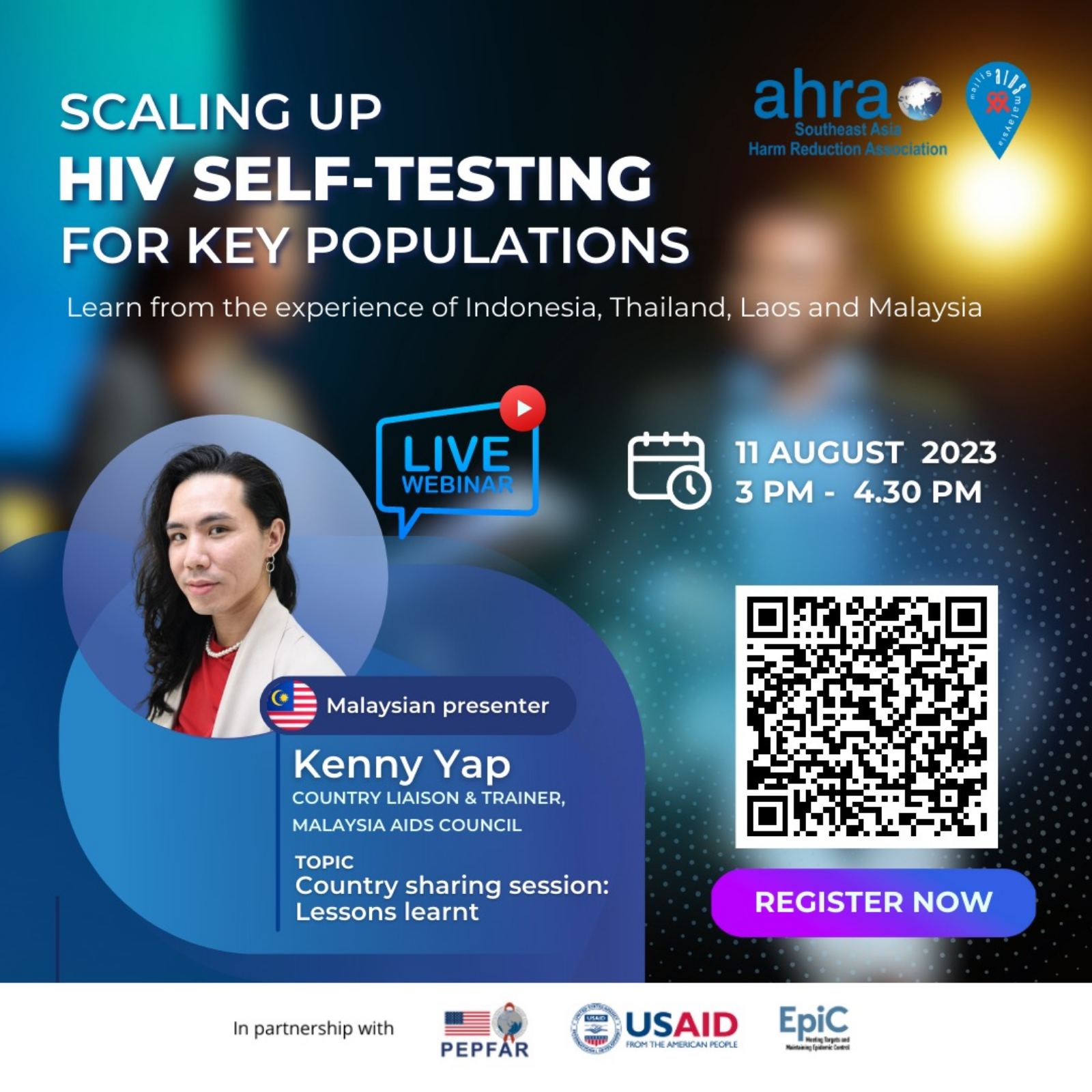Capacity Building Strategy
The “Learning Together, Adapt and Adopt” Reinforcing Strategy

The Southeast Asia Harm Reduction Association operates on the principle of collaboration and collective action, utilizing the “Learning Together, Adapt and Adopt” strategy. This approach fosters a shared learning process among partners and facilitates the adoption of best practices in harm reduction service delivery.
The strategy employed by the Southeast Asia Harm Reduction Association (AHRA) holds distinctive benefits for donors and their implementation efforts. One of the key aspects of this strategy is the active involvement of the AHRA’s Steering Group members in the design and development of the association’s concept.
By engaging the Steering Group members, who are representative of key stakeholders and experts in the field, the AHRA ensures that the concept is shaped collaboratively and incorporates diverse perspectives. This joint effort in designing and developing the AHRA concept adds significant value to the implementation efforts of donors.
The involvement of the Steering Group members brings a wealth of knowledge, expertise, and practical insights to the table. This collective input helps to refine and strengthen the AHRA’s approach, ensuring its alignment with the goals and priorities of donors. The resulting concept is more robust, evidence-based, and responsive to the unique challenges and needs of harm reduction efforts in Southeast Asia.
The implementation model takes into account the unique context of each country involved, emphasizing recognition and respect for their individual circumstances. The implementation model is specifically tailored to align with the legal and enabling environment, epidemiological status, and existing capacity and needs for harm reduction in each country. This customized approach ensures that interventions are appropriate to the local context and effectively address the specific challenges and opportunities present in each setting.
The AHRA’s capacity-building strategy and modus operandi are underpinned by:
- The Southeast Asia Harm Reduction Association adopts a bottom-up organizational approach, placing emphasis on empowering and enhancing the learning, capacity, and skills of our recipients. By prioritizing their development, we aim to foster a sustainable and effective harm reduction network.
- Our approach involves building strong partnerships with Southeast Asia harm reduction organizations and initiatives. We recognize the importance of collaboration and cooperation to collectively strengthen the capacity and impact of harm reduction efforts across the region. Through these partnerships, we strive to enhance the knowledge, resources, and collaborative power of the harm reduction community.
- We embrace a community organizing approach, actively involving individual harm reduction and community members. Through meaningful engagement and empowerment, we enable them to take ownership and lead pragmatic harm reduction initiatives. This approach extends to community education and advocating for positive changes in local enabling environments. By improving access to services and prioritizing the health and well-being of clients, peers, and wider communities, we aim to create lasting positive change.
The interventions implemented by the Southeast Asia Harm Reduction Association leverage the learning and capacity-building approaches of individual and country members. These approaches are utilized to guide, train, and influence stakeholders involved in harm reduction efforts.
A key aspect of these capacity-building approaches is their participatory nature. Tools and resources are developed in collaboration with the target audience, ensuring their active involvement in the process. This participatory development approach enables the creation of training materials, guidelines, and capacity-building programs that are relevant and effective.
The capacity-building process follows a logical and systematic cycle, encompassing assessment, design, implementation, and monitoring. This ensures that training and capacity-building initiatives are well-planned, executed, and evaluated. By adhering to this cycle, the interventions are continually improved and adapted based on feedback and outcomes, leading to more impactful and sustainable outcomes in harm reduction efforts.
